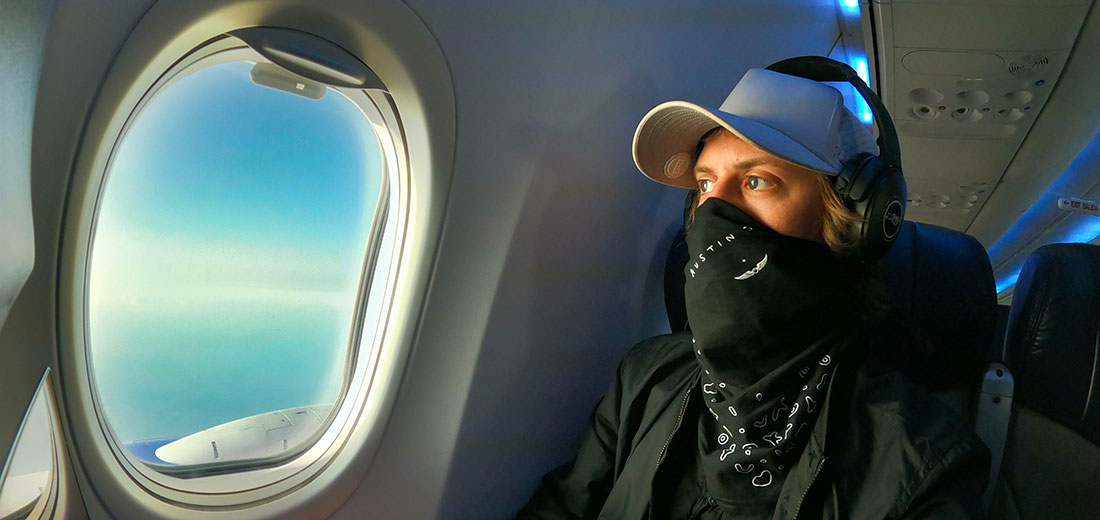“Don’t mix business and pleasure,” used to be the saying. But those of us working in tourism know that’s a thing of the past. Today, one can travel and work remotely perfectly!

A few years ago, el business tourism used to be a corporate-tinted getaway, lasting two or three days, to cover some need for meetings, team supervision, or conference attendance. The way we work, form and sustain teams, and even stay updated and participate in events has changed, as has the concept of “leisure vacations.” For better or for worse, a new trend, linked to hyperconnectivity (which already existed but has deepened and “perfected” over the last two years), has gained ground.
The recently coined term «bleisure» aims to give a name to a combination of business and personal tourism. You could be traveling to a business meeting in a destination with attractive beaches, then take advantage of some personal days in a hotel with good connectivity and workspace, thus leveraging the fact that you’ve already taken a flight and significantly advancing those presentations you planned to do later in the year in an unbeatable setting.
Technology,of course, improved connectivity options, along with the unexpected or forced need to work remotely, are the protagonists of this phenomenon that has gained increasing importance. While remote work already existed, just like virtual meetings, we were hastily forced to find a way for work to be carried out in the same way, with teams functioning and resources optimizing, as when people were in offices and convention centers on a daily basis. Nowadays, the freelance or digital nomad, working wherever there was wifi, and the CEO of a company with offices and personnel on five continents have something in common: they must be able to do their work remotely, aiming for the same results, minimizing meeting hours and flights.
Companies endorsing «bleisure» allow their employees to extend their business trips and spend time exploring the destination. In some cases, they are even allowed to bring their families, even if it’s for short stays. The problem? Dragging and maximizing the issue that also grew in the COVID era, blurring the traditionally existing boundaries between personal and work life. The positive side? For employees, part of the expenses is covered by the employer, and for the latter, there is greater availability of the worker’s time, compared to complete disconnection.
While the concept of bleisure, as we said, is not new at all, the post-COVID era growth is motivated by the need to minimize travel and people’s exposure to risks and economically capitalize on investments in flights, transfers, accommodation, etc. It’s a good way, if implemented appropriately and by consensus, to allow a benefit to the traveling executive, while having the traveler’s availability from the company when physical presence is necessary. As with everything, we are learning from new trends to implement and from what these very atypical years have taught us.
